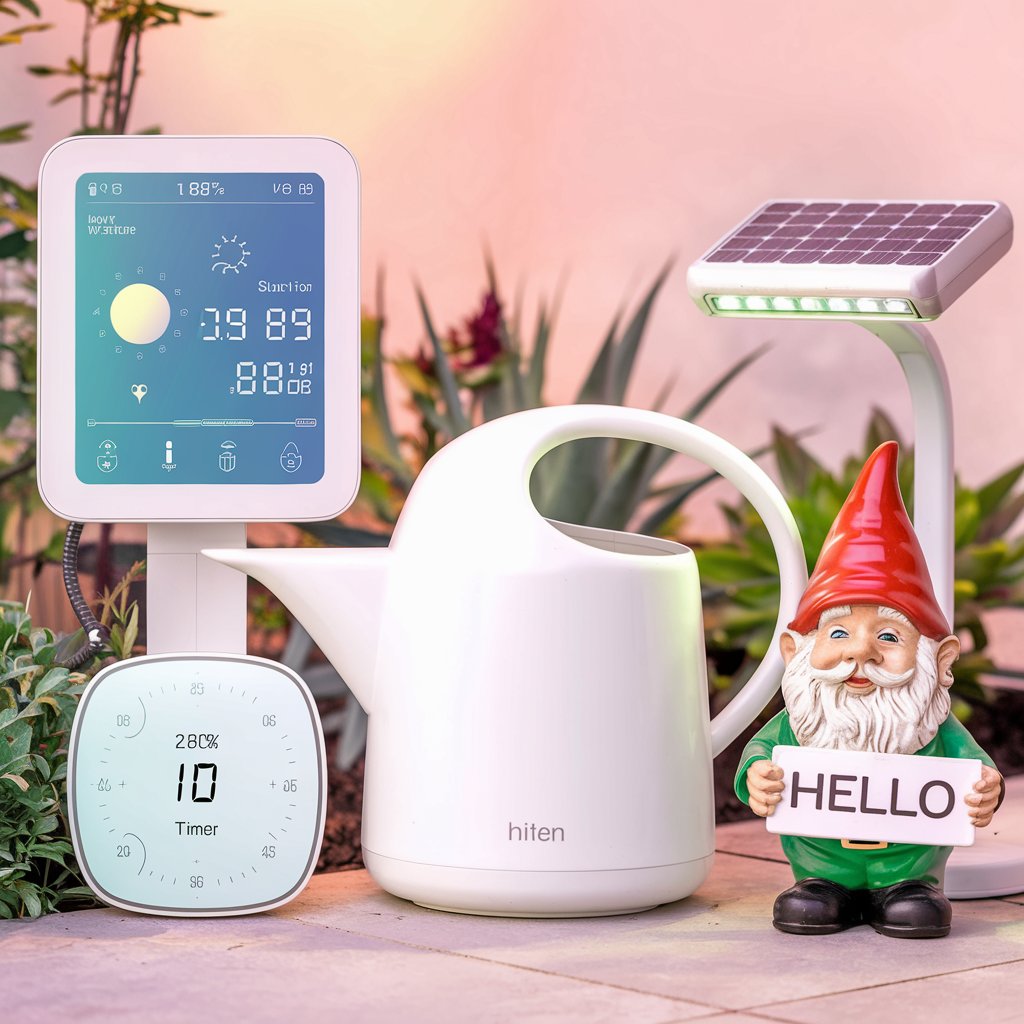
Smart Gardens and Outdoor Devices: Revolutionizing Outdoor Living
In recent years, the rise of smart technology has transformed various aspects of our lives, and gardening is no exception. Smart gardens and outdoor devices are making it easier than ever to cultivate lush landscapes, maintain gardens, and enjoy outdoor living spaces. This article explores the benefits, features, and examples of these innovative technologies.
What is a Smart Garden?
A smart garden integrates technology into traditional gardening practices, allowing for better management of plants, soil, and outdoor spaces. These systems typically utilize sensors, automation, and connectivity to streamline gardening tasks, making it accessible for both novice gardeners and seasoned horticulturists.
Key Features of Smart Gardens
Automation: Smart gardens often come with automated watering systems that adjust the amount of water based on soil moisture levels. This not only conserves water but also ensures plants receive the right amount of hydration.
Sensors: Equipped with soil, temperature, and humidity sensors, smart gardens provide real-time data about the garden's environment. This information helps gardeners make informed decisions, from watering schedules to plant selection.
Mobile Apps: Many smart garden systems are compatible with mobile applications, allowing users to monitor their gardens remotely. These apps can send notifications about watering needs, pest alerts, and growth progress.
Climate Control: Some advanced systems can control the microclimate around plants, adjusting lighting, humidity, and temperature to optimize growth conditions.
Integration with Smart Home Devices: Smart gardens can be integrated with other smart home technologies, such as voice assistants, enabling hands-free management of outdoor spaces.
Benefits of Smart Gardens
Water Conservation: By using precise data to guide watering, smart gardens significantly reduce water waste, which is especially crucial in drought-prone areas.
Time-Saving: Automating routine tasks means gardeners can spend less time on maintenance and more time enjoying their outdoor spaces.
Enhanced Plant Health: With real-time monitoring and alerts, gardeners can quickly address issues like pest infestations or nutrient deficiencies, leading to healthier plants.
Accessibility: Smart gardens make gardening more accessible to those with limited mobility or time, allowing anyone to enjoy the benefits of gardening.
Popular Smart Outdoor Devices
Smart Sprinkler Systems: These systems adjust watering schedules based on weather forecasts and soil moisture levels. Brands like Rachio and RainMachine are popular choices.
Smart Plant Monitors: Devices such as Xiaomi's MiFlora or Parrot Flower Power can be placed in the soil to track moisture, light, and temperature, sending data to your smartphone.
Smart Lights: Outdoor smart lights can be programmed to illuminate pathways, gardens, or patios, enhancing safety and aesthetics. Philips Hue and LIFX offer a range of outdoor lighting solutions.
Smart Pest Control: Devices like the Pest Control Smart Trap use sensors and cameras to detect pests and notify homeowners, allowing for timely interventions.
Weather Stations: Personal weather stations, like those from Netatmo or Ambient Weather, provide accurate local weather data, helping gardeners make informed decisions.
Conclusion
Smart gardens and outdoor devices are revolutionizing the way we interact with our outdoor spaces. By harnessing technology, gardeners can achieve better results with less effort, making gardening a more enjoyable and sustainable activity. As these technologies continue to evolve, we can expect even more innovative solutions to enhance our gardening experiences and outdoor living. Whether you are a seasoned gardener or just starting, embracing smart gardening technology may be the key to a thriving garden and a more enjoyable outdoor lifestyle.